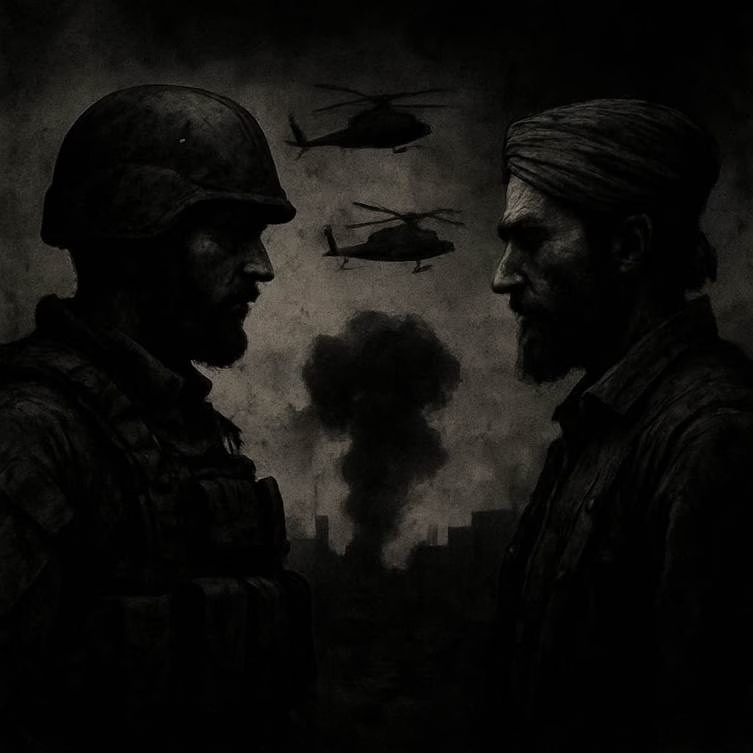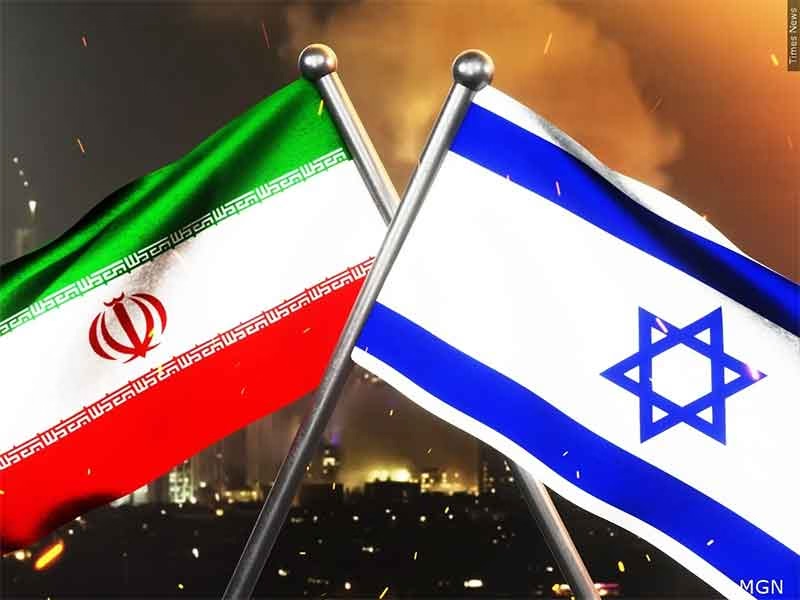
In South Asia, the unresolved India–Pakistan conflict has long stood as a defining feature of regional geopolitics, with the world watching anxiously as two nuclear-armed nations teeter on the brink of open war. The latest flashpoint—an April 2025 terrorist attack in Pahalgam, Kashmir—has again thrust the volatile Kashmir issue into the global spotlight. What was once a localized dispute has evolved into a strategic nightmare for both nations and the wider international community. With nuclear weapons in play, the specter of full-scale war may be far too high a price for either side, yet the risks of escalation remain ever-present. The most troubling aspect is the persistent use of proxy wars, pivotal in sustaining the conflict for decades.
The role of external powers, notably the United States, Russia, and China, in managing this rivalry is no less critical. While often perceived through the lens of India and Pakistan’s immediate interests, the global stakes are undeniable. As the post-Pahalgam landscape reveals, the struggle for influence in Kashmir—and broader regional dominance—extends far beyond South Asia. This article explores the complexities of the India–Pakistan rivalry, focusing on ongoing proxy wars, the shifting military balance, and the expanding geopolitical involvement of external powers.
The Pahalgam Attack: Proxy Warfare Reaching a Breaking Point
On April 22, 2025, the Indian resort town of Pahalgam, nestled in the conflict-ridden Kashmir region, became the site of a horrific terrorist attack. A bombing targeting tourists left 26 dead and over 20 wounded, further escalating the fraught atmosphere between India and Pakistan. Although the Resistance Front (TRF) claimed responsibility, links to Pakistan-based terror groups like Lashkar-e-Taiba (LeT) and Jaish-e-Mohammad (JeM) quickly surfaced.
The attack underscores the volatility of the situation. Despite decades of peace talks, bloodshed persists, fueled by proxy warfare. India’s response to the Pahalgam attack was swift—diplomatic expulsions, punitive measures such as suspending aspects of the Indus Waters Treaty, and heightened military alertness along the Line of Control (LoC). For New Delhi, this was not an isolated incident but a continuation of asymmetric aggression aimed at undermining its sovereignty.
India’s growing frustration with Pakistan’s ongoing support for terror networks is palpable. Diplomatic relations, already fragile, deteriorated further following Pahalgam. Although nuclear deterrence prevents large-scale war, proxy attacks keep tensions at a boiling point, and the risk of miscalculation remains dangerously high.
Proxy Wars: The Strategic Engine of the Conflict
Proxy warfare remains central to the India–Pakistan confrontation. For Pakistan, militant groups operating in Kashmir serve as a key instrument for challenging India’s position without inviting conventional retaliation. Organizations like LeT and JeM—often linked to Pakistan’s Inter-Services Intelligence (ISI)—offer Islamabad a strategic, albeit deniable, lever of pressure.
India, for its part, primarily relies on direct military responses, including surgical strikes and intelligence-driven counterterrorism operations, rather than engaging in equivalent proxy tactics. While New Delhi’s military superiority is significant, Pakistan’s use of proxies blunts India’s conventional advantage, forcing it into a defensive posture on multiple fronts.
However, proxy warfare remains a double-edged sword for Pakistan as well. As attacks like Pahalgam demonstrate, maintaining control over non-state actors is increasingly difficult, and escalation beyond intended limits remains a persistent risk.
The Military Landscape: Conventional Superiority vs. Nuclear Deterrence
The military balance reflects the core strategic dynamics of the conflict: India’s overwhelming conventional strength versus Pakistan’s reliance on nuclear deterrence.
India: A Conventional Juggernaut
- Defense Budget: Over $70 billion.
- Army: 1.4 million active personnel, 4,000+ tanks, advanced missile systems like BrahMos.
- Air Force: 600+ aircraft, including Su-30MKIs, Rafales, and Tejas fighters; supported by S-400 air defense systems.
- Navy: Nuclear submarines and a growing fleet of aircraft carriers, asserting dominance over the Indian Ocean.
India’s nuclear doctrine is based on credible minimum deterrence and no-first-use principles. Yet, despite conventional superiority, New Delhi exercises caution due to the threat of nuclear escalation.
Pakistan: Asymmetrical Deterrence
- Defense Budget: Significantly smaller than India’s, but strategically focused.
- Army: Approximately 600,000 active personnel.
- Air Force: Operates JF-17s and F-16s but technologically lags behind India.
- Nuclear Arsenal: Maintains tactical nuclear weapons (TNWs) under its Full Spectrum Deterrence doctrine to deter Indian conventional superiority.
Pakistan’s nuclear strategy introduces instability, with tactical nuclear deployment options increasing the risks of rapid escalation.
Global Geopolitics: The Role of the U.S., Russia, and China
The United States: A Strategic Ally of India, A Tenuous Balancer with Pakistan
The United States has deepened its strategic partnership with India, driven by the goal of counterbalancing China’s regional ambitions. Defense agreements like COMCASA and BECA have strengthened military and intelligence cooperation.
While Washington has historically provided military aid to Pakistan, especially during the Afghanistan conflict, such aid has significantly declined since 2018. Today, the U.S. maintains a limited, pragmatic relationship with Pakistan, focused largely on counterterrorism and regional stability.
During crises like the Pahalgam aftermath, Washington’s primary goal remains de-escalation to prevent regional war, while firmly supporting India’s counterterrorism stance diplomatically.
Russia: A Traditional Ally of India, Engaging Pakistan Pragmatically
Russia remains a longstanding defense partner of India, supplying arms, missile systems (like the S-400), and jointly developing weapons platforms (like the BrahMos missile).
However, in recent years, Moscow has cautiously improved ties with Pakistan, driven by economic interests, counterterrorism cooperation, and diversification of regional influence. Joint military exercises and limited arms sales to Islamabad are part of this outreach, but Russia’s strategic alignment still heavily favors India.
Thus, while Russia plays a nuanced game, its influence remains predominantly weighted toward supporting Indian security interests.
China: Pakistan’s Strategic Patron
China’s partnership with Pakistan—through initiatives like the China–Pakistan Economic Corridor (CPEC) and significant military aid—makes Beijing Islamabad’s most important external backer.
China’s consistent support for Pakistan at the United Nations and its investments in Pakistan’s military capabilities pose a serious challenge for India. China’s ambitions in South Asia add another layer of complexity to an already volatile rivalry.
Subscribe to Our Newsletter
Get the latest CounterCurrents updates delivered straight to your inbox.
Conclusion: A Cold, Unyielding Conflict with No Resolution in Sight
The India-Pakistan conflict, entrenched in history and fraught with nuclear risks, shows no signs of subsiding. Instead, it has become a regionally contained yet globally consequential standoff where the stakes are high, but the likelihood of resolution remains distant. Both nations continue to engage in proxy wars and indirect confrontations, perpetuating a cycle of violence and diplomatic deadlock. The global powers involved, rather than easing tensions, are increasingly caught in their own strategic webs, compounding the complexity of this already volatile situation. In the absence of significant internal change or a shift in strategy, the status quo persists — one that poses an ongoing threat to the peace and stability of the South Asian region and the world at large.
Ashish Singh has finished his Ph.D. coursework in political science from the NRU-HSE, Moscow, Russia. He has previously studied at Oslo Metropolitan University, Norway; and TISS, Mumbai.













































